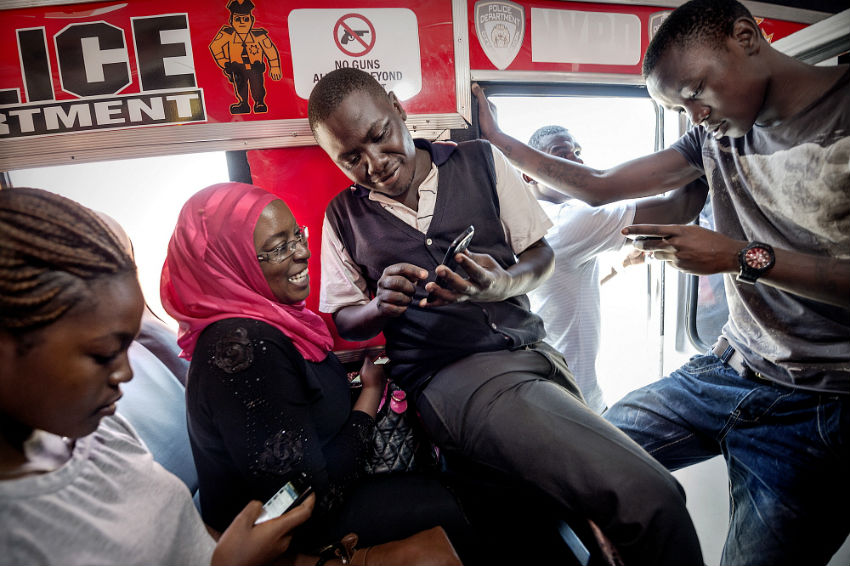Send to a friend
The details you provide on this page will not be used to send unsolicited email, and will not be sold to a 3rd party. See privacy policy.
[NAIROBI] The digital divide —the gulf between those who have ready access to information and communication technologies (ICTs) such as computers and the internet and those who do not — does exist in Kenya and many parts of Africa.
I got this key message during a media day in Kenya last week (16 June) organised by Huawei Technologies, a technology solutions provider.
Despite rapid growth in ICT, the digital divide is common in Sub-Saharan Africa. Some of the key reasons for this are accessibility and affordability.
One of the ways of achieving this has been to produce cheap smartphones for people with low socioeconomic status.
Stephanie Achieng’
But the digital divide also provides opportunities for technological providers to move in and narrow the gap if not to eliminate it to spur socioeconomic development in Africa and other parts of the developing world.
And Huawei, I gathered from presentations, has a major aim to build a better connected Kenya and other parts of Africa to bridge the digital barrier.
One of the ways of achieving this has been to produce cheap smartphones for people with low socioeconomic status as well as the high-end brands for the sophisticated and erudite consumers.
The company appears committed to seeing the growth of ICT in Africa. In Kenya, for instance, the company has been sponsoring 10 students from the universities since 2013 for a two-week internship in China.
The programme known as the Seed of Future provides an opportunity for these students to study and gain work experience as well as exposure to Chinese culture and cross-cultural work experience on ICT in a globalised business environment.
Other focus areas include building basic ICT skills for ensuring that people, including the vulnerable and the elderly are able to acquire skills in how to use ICT to get jobs, services and other benefits.
Among the drivers of elimination of the digital divide include use of ICT for local research and development.
Dean Yu, chief executive officer of Huawei Kenya, says the company has contributed more than US$1 million to various projects in Kenya. It has also collaborated with Safaricom, a mobile telephone service provider, to launch 4G and it is looking forward to launching 4.5G.
Striving to have products of different prices that favour different consumers in the market, especially for the low-income individuals to enhance accessibility and affordability will be a major score in trying to narrow the gap.
I believe that such a goal could help close the digital divide in Kenya and boost socioeconomic development.
This piece was produced by SciDev.Net’s Sub-Saharan Africa English desk.














